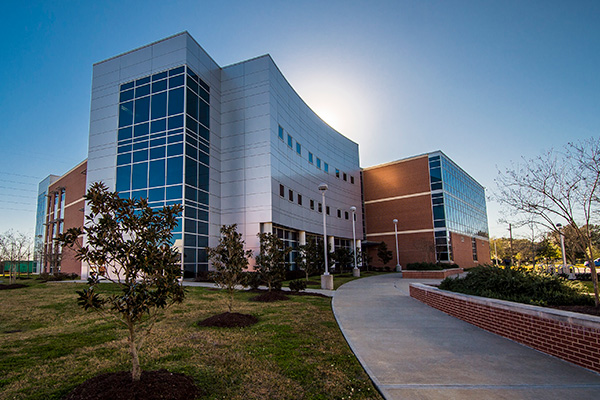North Louisiana Economic Partnership – Economic Development Strategic Plan
Challenge The North Louisiana Economic Partnership (NLEP) serves the 14-parish North Louisiana region, which includes Shreveport, Monroe, and Natchitoches. The region experienced a number of high-profile relocations and expansions, including nearly 1,600 new information technology (IT) jobs resulting from the expansion of CenturyLink in Monroe and Computer Sciences Corporation’s (CSC) […]









